Astronomers have captured an image of the black hole at the centre of our Galaxy for the first time.
The results reveal further evidence that the object at the centre of the Milky Way is indeed a black hole.
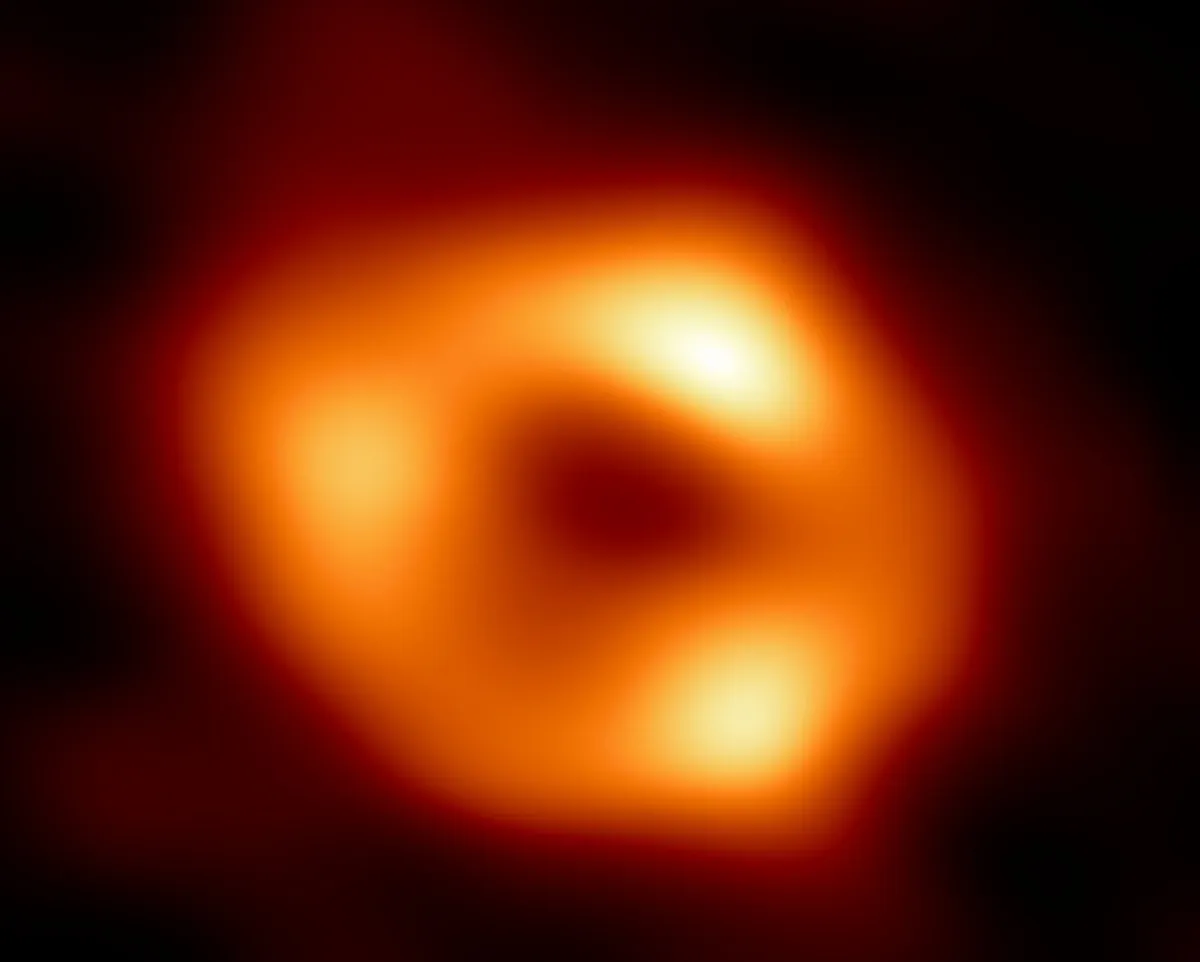
A black hole is a region in space with such intense gravity that nothing, not even light, can escape its grasp.
Astronomers now believe that most galaxies have a supermassive black hole at their centre.
The supermassive black hole at the centre of our own Galaxy - known as Sagittarius A* - lies over 26,000 lightyears from Earth and is around four million times the mass of the Sun.
Because the black hole is so far away, it appears to astronomers as though it's about the same size in the sky as a doughnut on the Moon.
The brand new image of Sagittarius A* was captured using the Event Horizon Telescope, a world-wide network of radio telescopes.
It's the same telescope that was used to photograph the first ever image of a black hole in galaxy M87, as announced in April 2019.
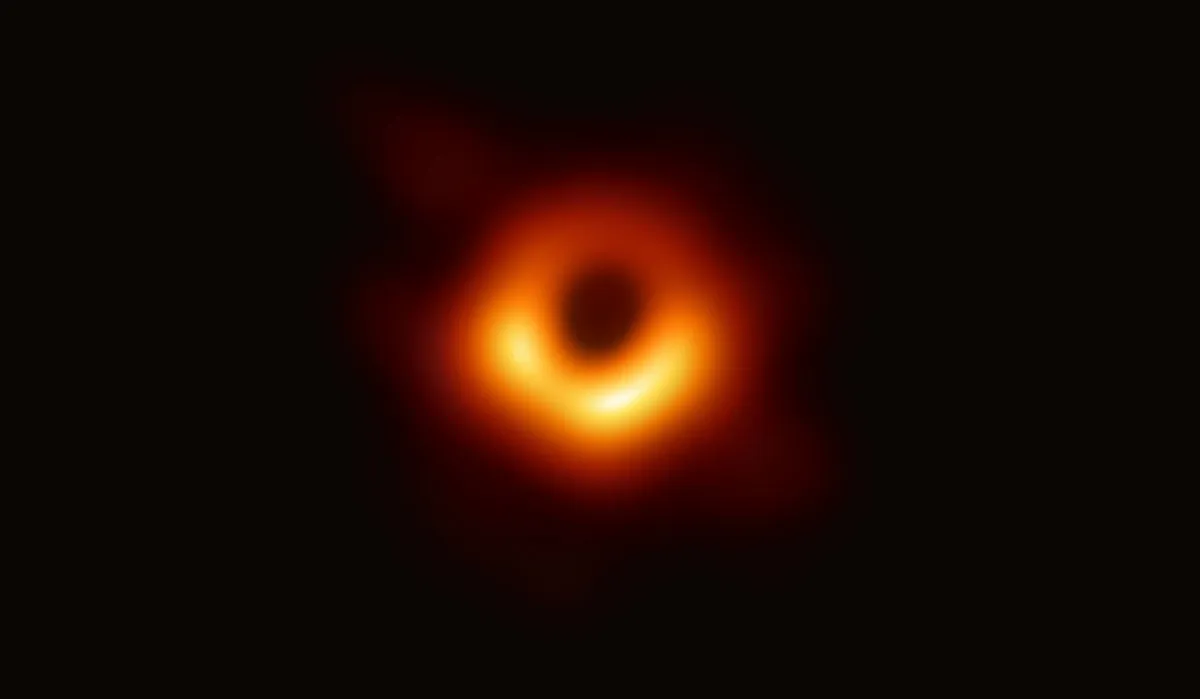
While the black hole itself cannot be seen, the new image reveals a dark central region - known as the 'shadow' - and a glowing ring-like structure.
This is light bent by the gravity of the black hole in a process known as gravitational lensing, first predicted by Albert Einstein.
“We were stunned by how well the size of the ring agreed with predictions from Einstein’s Theory of General Relativity," says EHT Project Scientist Geoffrey Bower from the Institute of Astronomy and Astrophysics, Academia Sinica, Taipei.
"These unprecedented observations have greatly improved our understanding of what happens at the very centre of our Galaxy, and offer new insights on how these giant black holes interact with their surroundings."
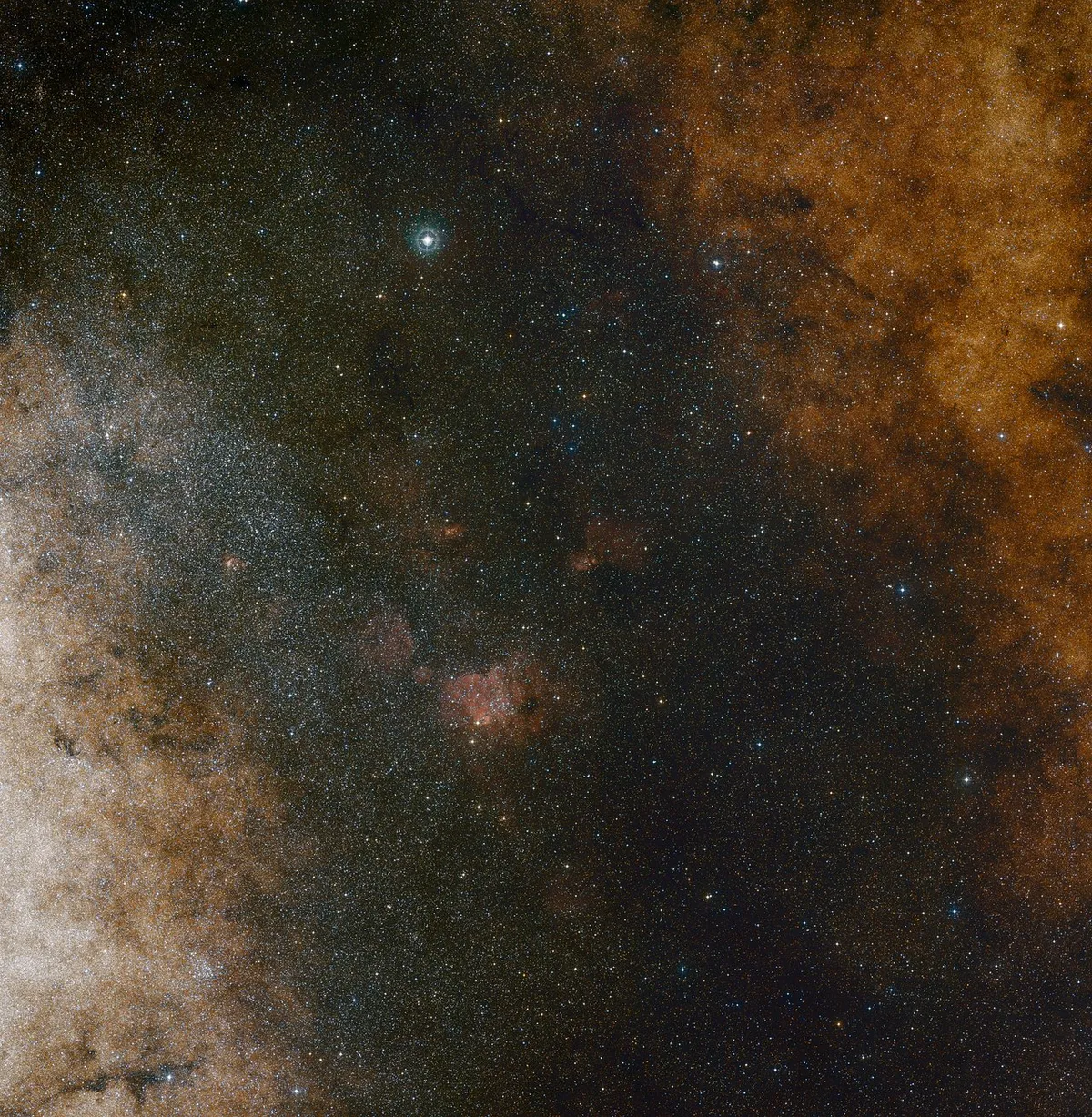
Comparisons between this new image and that of the black hole in galaxy M87 are obvious, but, say the astronomers behind the EHT, our galaxy's black hole is over 1,000 times smaller and less massive than the M87 black hole.
"We have two completely different types of galaxies and two very different black hole masses, but close to the edge of these black holes they look amazingly similar," says Sera Markoff, Co-Chair of the EHT Science Council and a professor of theoretical astrophysics at the University of Amsterdam, the Netherlands.
"This tells us that General Relativity governs these objects up close, and any differences we see further away must be due to differences in the material that surrounds the black holes.”
The Event Horizon Telescope
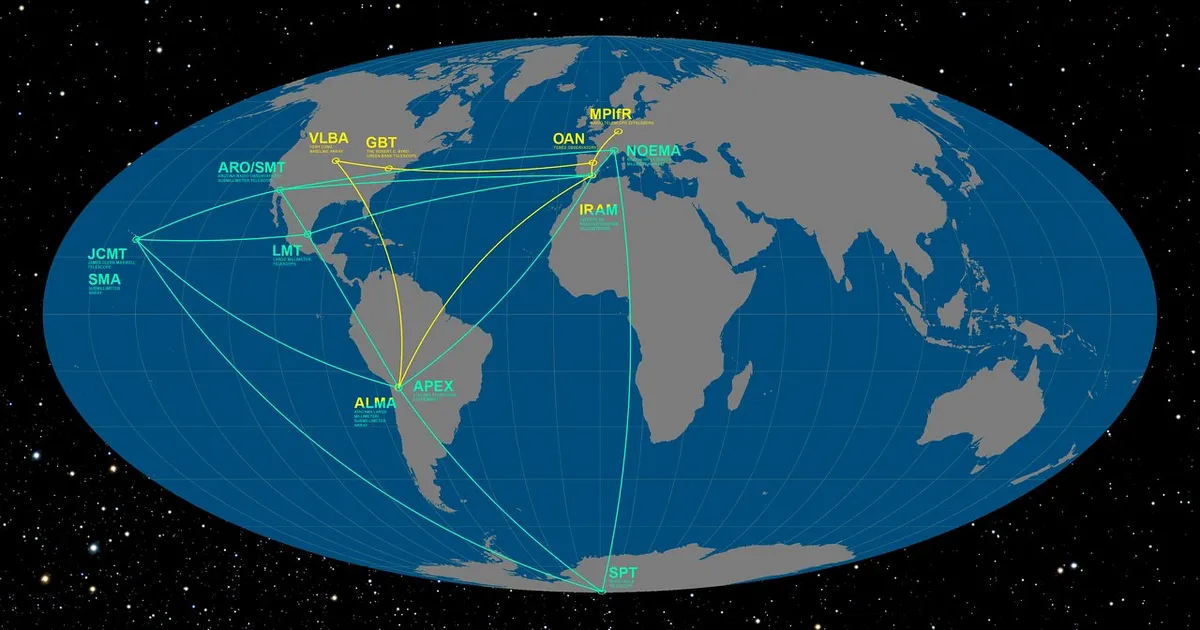
The EHT uses a technique called Very Long Baseline Interferometry (VLBI), which links radio telescopes across the world in order to create one huge radio telescope capable of imaging supermassive black holes at the centre of galaxies.
By doing so, astronomers can gain great insight into black holes and how they function: what is happening gravitationally near a black hole, and how matter orbits and is swallowed by the black hole.
The radio dishes are placed in dry locations at high altitudes, such as the Atacama desert in Chile, Sierra Nevada in southern Spain, high volcanoes in Hawaii and the South Pole.
What's at the centre of our Milky Way?
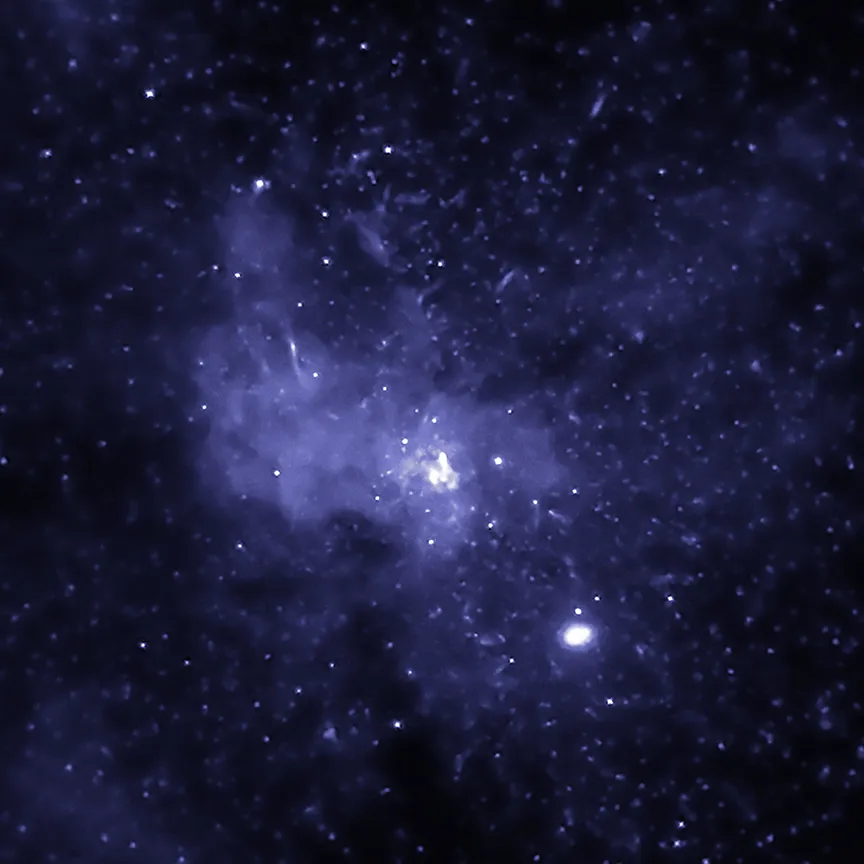
The centre of our Milky Way can be seen in the night sky in the direction of constellations Sagittarius, Ophiuchus and Scorpius.
It's thought to contain about 10 million stars within the central 3 lightyear span.
While cosmic dust obscures what astronomers can observe there in visible light, radio wavelengths can penetrate through this opaque matter and reveal a bright radio source at the centre: supermassive black hole Sagittarius A*.
The EHT team's results are published in a special issueofThe Astrophysical Journal Letters.
